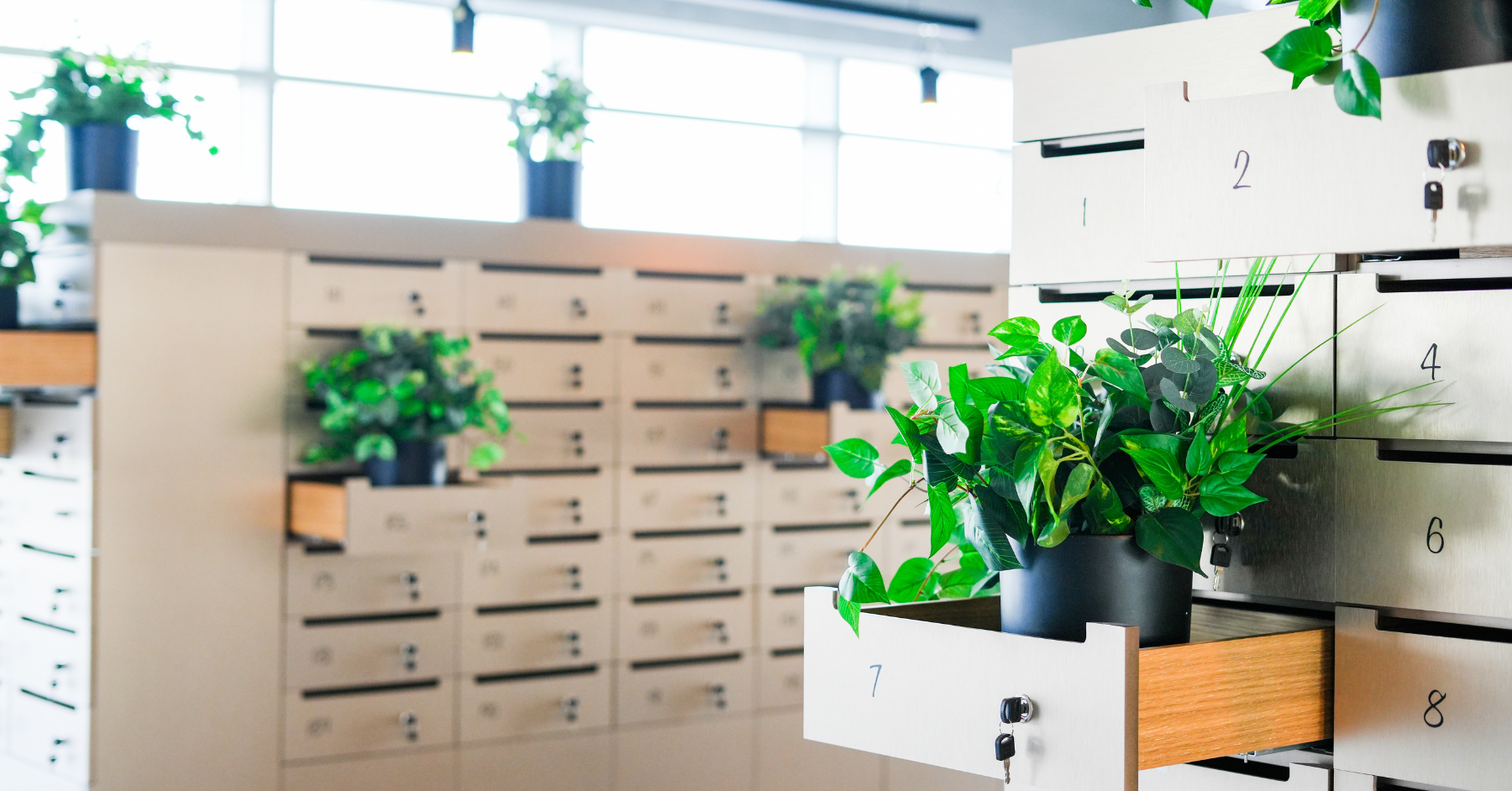The science behind the benefits of biophilia is rooted in the truth that it is human nature to connect to nature. Our innate connection to nature has profound effects on our physiology and psychology.
Research has shown that exposure to natural elements reduces stress and anxiety because our parasympathetic nervous system gets activated while promoting relaxation and focus. There is research by Tennessen and Cimprich finding that exposure to natural environments improved attention and performance on cognitive tasks, and there have been reports that employees in biophilic offices report being up to 15% more productive and creative.
Moreover, studies have shown that, when biophilic design is applied to the workplace, the employees in the biophilic environments experience decreased cortisol levels, the primary stress hormone, and an increase in the production of feel-good hormones, enhancing mood and job satisfaction.
But the question is why?
The answer might be somatic. Plants and green walls help purify the air by absorbing carbon dioxide and harmful compounds, improving overall air quality. A boost in oxygen supplies our muscles with energy and reduces the effects of fatigue. This is part of why exposure and access to nature have been known to boost the immune system and lower blood pressure. Of course, the psychological benefits that come from being in nature-inspired environments contribute to this somatic effect as well. By creating and being in a calming environment stress is reduced by helping foster a connection with nature in spaces where maintaining live plants is challenging
As we continue to understand the profound impact of our environment on our well-being and productivity, biophilic design is becoming a necessity rather than just a trend. By bringing nature into the workplace, we are creating more aesthetically pleasing spaces and fostering environments where our brains can truly thrive.
How do we incorporate biophilia into office design? Well there are several ways, but the key elements of biophilic office design are:
Natural Light: Maximize exposure to daylight, which can reduce energy costs by 50-80%.
Indoor Plants: Add potted plants, green walls, or even small indoor gardens.
Natural Materials: Use wood, stone, and other organic materials in furniture and decor.
Nature Views: Provide windows with views of trees, landscapes, or water features.
Organic Shapes: Incorporate curved lines and natural forms in office layout and furniture design.
Whether you would like to start small with a few potted plants, or if you’re ready for more ambitious projects like living walls, indoor water features, or creating an indoor garden area, we can help. We can assess your space and provide you with the best biophilic solution for a greener work environment.


